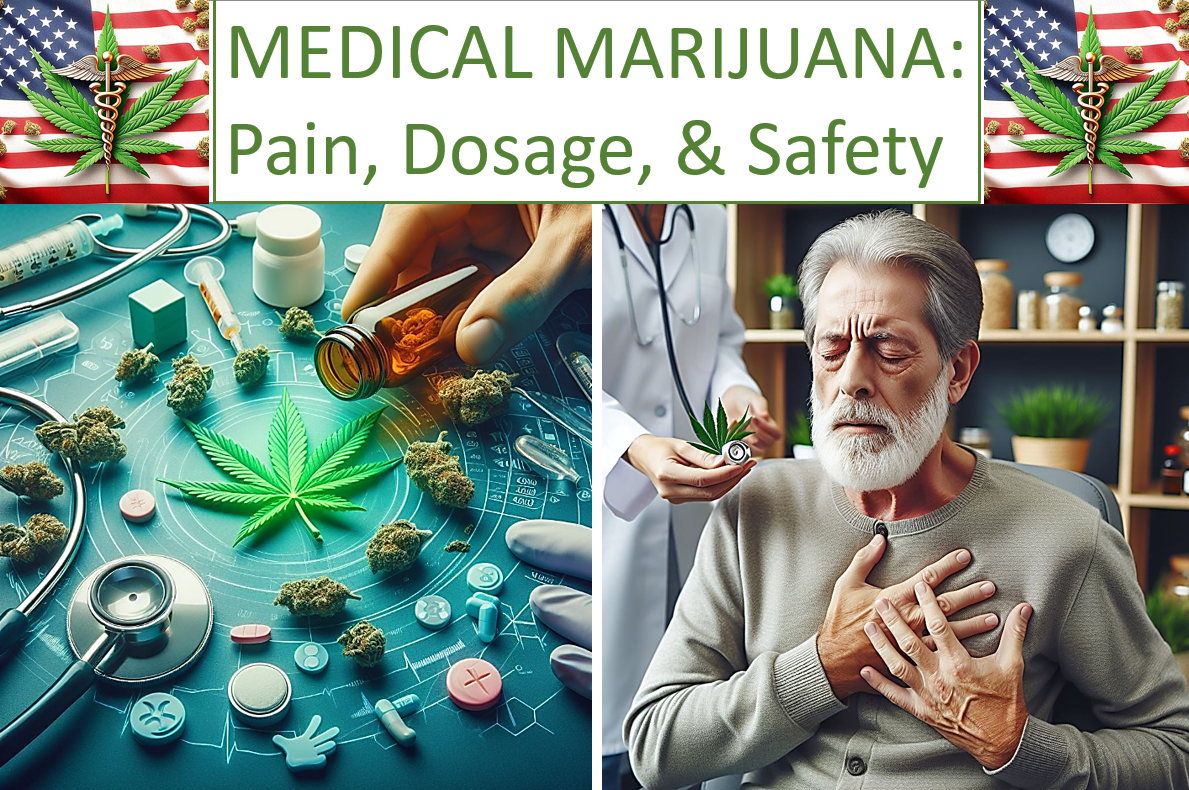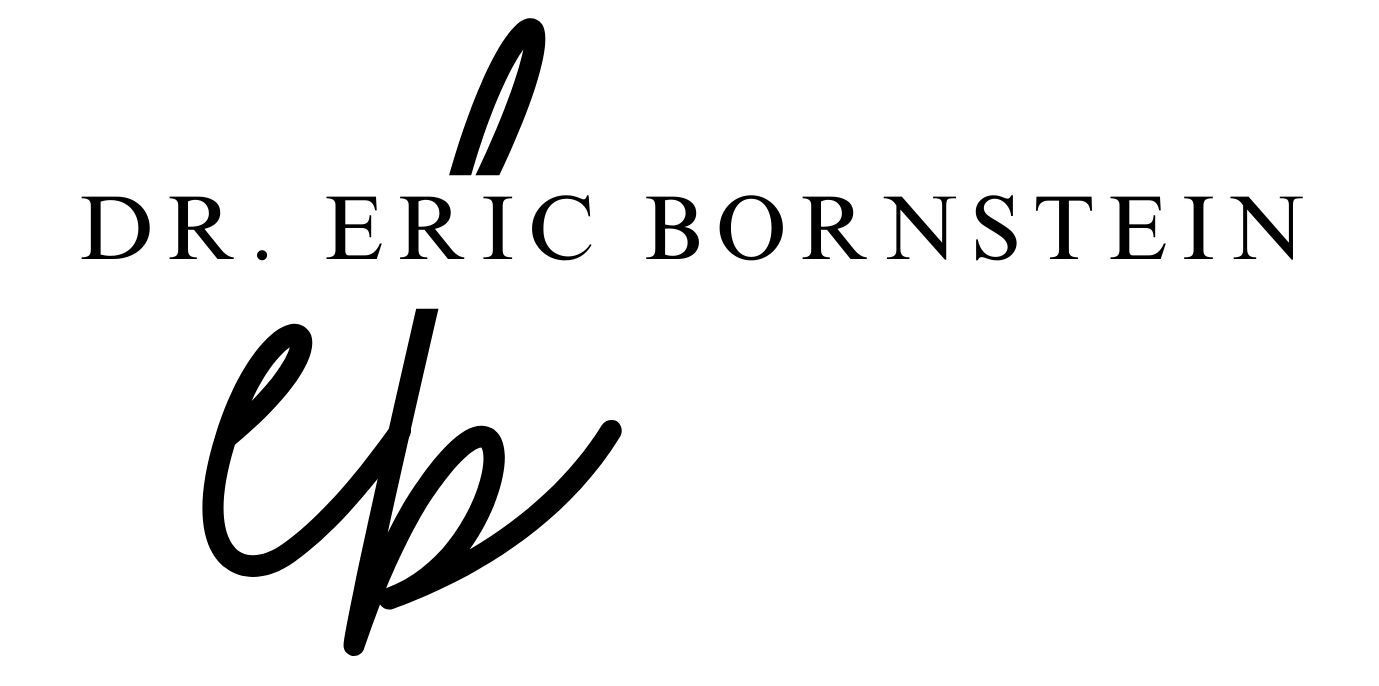Course 2 - Medical Marijuana: Pain, Dosage, & Safety Issues
Pain, Dosage, & Safety Issues
There are currently more than 30 states with different laws, rules, and standards for the prescription and use of medical marijuana. Presently, there is no central authority such as the FDA that governs any (a) medical marijuana potency or (b) dosing parameters across the country. Therefore, marijuana for purchase can range from “1%” THC marijuana flour to greater than 90% THC “Vape Juice” and 60%-80% THC “concentrates”.
Of even greater concern, there are no standard “package inserts” discussing safety, co-morbidity and poly-pharmacy issues with THC and CBD concentrations that would accompany a medical marijuana purchase. Patients can purchase an endless variety of medical marijuana potions, tinctures, strains, and/or edibles (cookies and muffins, etc.). Remarkably, these products are being sold in medical marijuana dispensaries by “Bud Tenders” acting as pharmacists! There are many adverse health consequences with the lack of vital dosing and safety information on marijuana packages.

This course will examine 180 years of medical marijuana dosing data that will ultimately bring the participants right up to the present (Year 2020) with peer-reviewed and tested medical marijuana dosing parameters. These studies are all pointing to oral consumption as the preferred method of medical marijuana dosing. The participant will gain operational and clinical recommendations on the effects of different doses of THC and CBD in medical marijuana for use in treatment. This is especially important as medical marijuana is being used to treat symptomology as diverse as inflammatory pain, multiple sclerosis, anorexia, nausea, neuropathic pain, cancer pain, insomnia, and PTSD.
Today’s available medical marijuana potions, tinctures, strains, and/or edibles will be critically compared to mature, tested, and approved medical marijuana products such as Marinol, Syndros, Sativex and Epidiolex. The webinar will focus on treatment decision-making and adverse drug interaction algorithms concerning both THC and CBD. Dr. Bornstein will identify “red flags” and warning signs of high potency marijuana use in patients. In addition, he will provide the guidelines for patient education and discussion concerning improper utilization of medical marijuana products with outpatient medical prescriptions. The co-morbidity issues to be covered in this course are:
- Cardiac issues
- Mental health warnings
- Hemodynamic problems
- Anticoagulation warnings
- Hepatic safety and Pulmonary concerns
- Immune system cautions
- Poly-pharmacy warnings and contra-indications

This course offers 4 – CE credit hours for the following professions:
NURSES, DENTAL PROFESSIONALS, PHARMACISTS, REGISTERED DIETITIANS & DTRs, PSYCHOLOGISTS, MENTAL HEALTH COUNSELORS & ADDICTION COUNSELORS, MARRIAGE & FAMILY THERAPISTS, SOCIAL WORKERS, OCCUPATIONAL THERAPISTS & OTAs, PHYSICAL THERAPISTS & PTAs, CASE MANAGERS, NURSING HOME ADMINISTRATORS (Distance Learning), MASSAGE THERAPISTS.
